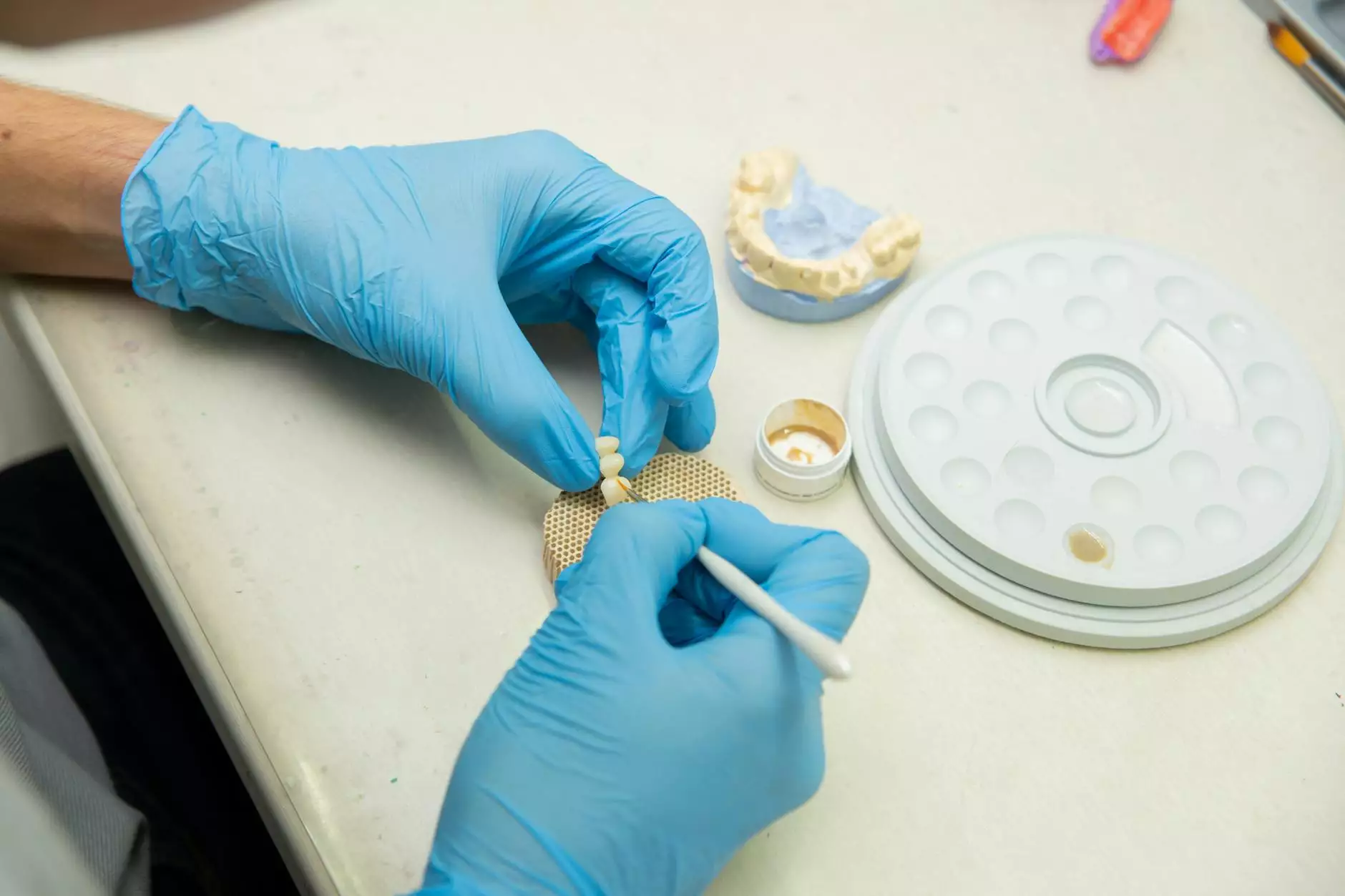Effective Control of Stored Grain Pest: Strategies and Solutions

The control of stored grain pest is a crucial aspect of agricultural management. Pests can cause significant damage to stored grains, leading to substantial economic losses and food safety concerns. In this article, we will explore the best practices, advanced technologies, and proven methods for effective pest management. By implementing these techniques, farmers and grain handlers can safeguard their valuable resources.
Understanding Stored Grain Pests
Stored grain pests include a variety of insects and rodents that thrive in stored grains. The most common stored grain pests are:
- Rice Weevil (Sitophilus oryzae): A small beetle that infests rice, wheat, and corn.
- Granary Weevil (Sitophilus granarius): Commonly found in wheat and barley.
- Indian Meal Moth (Plodia interpunctella): Known for infesting flour and cornmeal.
- Confused Flour Beetle (Tribolium confusum): Frequently found in flour mills.
- Rodents: Mice and rats pose a serious threat due to their feeding habits and ability to contaminate grains.
The Importance of Pest Control in Grain Storage
Controlling pests during grain storage is essential for several reasons:
- Quality Assurance: Pests can cause mold growth and deterioration of grains, affecting their quality.
- Economic Impact: Infestations lead to reduced market value and increased storage costs.
- Food Safety: Some pests can contaminate grains with harmful substances, posing health risks to consumers.
- Long-Term Storage: Ensuring prolonged viability of stored grains for future use.
Methods for the Control of Stored Grain Pest
Implementing an effective pest control strategy requires a multifaceted approach. Below are key methods for controlling stored grain pests:
1. Prevention and Hygiene
The first step in pest control starts with prevention:
- Inspection: Regularly inspect all grains and storage areas to identify any signs of infestation early.
- Sanitation: Keep storage areas clean by removing spilled grains and residues that may attract pests.
- Seal Entry Points: Ensure that all storage facilities are tightly sealed to prevent pest entry.
2. Monitoring and Traps
Active monitoring techniques can help detect infestations before they escalate:
- Pheromone Traps: These traps attract pests and aid in monitoring their population levels.
- Visual Inspections: Conduct regular checks of stored grain for visible pests or damage.
- Grain Sampling: Test small samples of stored grain for pest presence and quality assessment.
3. Physical Control Methods
Beyond prevention and monitoring, various physical methods can effectively reduce pest populations:
- Temperature Control: Maintaining low temperatures can inhibit pest development and survival.
- Drying Processes: Keeping grains dry (below 13% moisture) is crucial as many pests thrive in humid conditions.
- Vacuuming and Cleaning: Regular vacuuming of storage areas can reduce pest habitats.
4. Chemical Control Using Insecticides
Chemical controls should be used as a last resort and require strict adherence to safety protocols:
- Integrated Pest Management (IPM): Utilize a combination of biological, cultural, physical, and chemical practices.
- Targeted Application: Apply approved insecticides only in areas with confirmed infestations.
- Consult with Experts: Collaborate with agricultural extension services for the proper identification of pests and choice of chemical control.
5. Biological Control Methods
Biological control methods are gaining popularity due to their environmental safety:
- Natural Predators: Introduce insects that naturally prey on stored grain pests.
- Beneficial Nematodes: These microscopic worms can effectively target pest larvae in stored grain.
Technology in Pest Management
Technology plays an increasingly vital role in enhancing pest management efforts:
1. Smart Storage Solutions
Modern grain storage utilizes smart technology, including:
- Sensors: Monitor humidity, temperature, and pest activity inside storage units.
- IoT Devices: Enable real-time monitoring and alerts for pest presence.
2. Data Analytics
Using data analytics to track pest trends and behaviors can help cultivate effective strategies:
- Predictive Analytics: Models that forecast pest outbreaks based on environmental conditions.
- Historical Data: Learning from past infestations to improve future management practices.
Conclusion: Protecting Your Grain Investments
In summary, the control of stored grain pest is essential for maintaining the quality and safety of agricultural products. By employing a mixture of preventive measures, monitoring techniques, and modern technology, businesses can successfully protect their investments against pest threats. Continuous education and adaptation to new methods will further enhance the effectiveness of grain storage and pest management strategies.
For more information on farm equipment and support, visit Tsgcinc.com where you can find expert assistance in managing your farming needs effectively.









